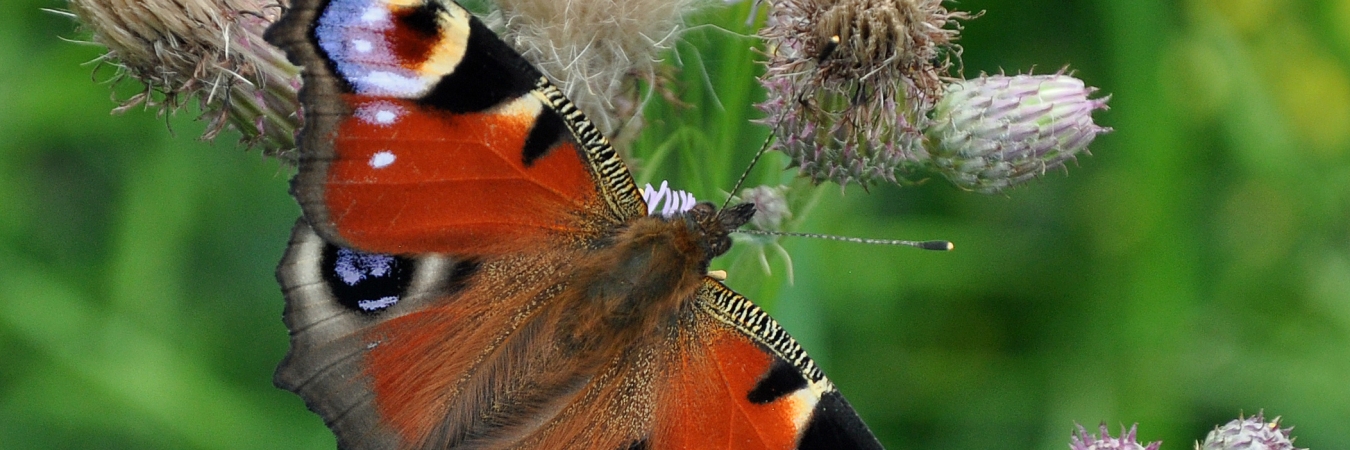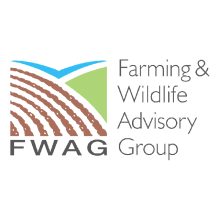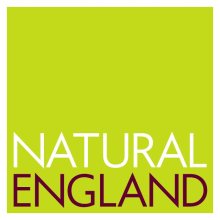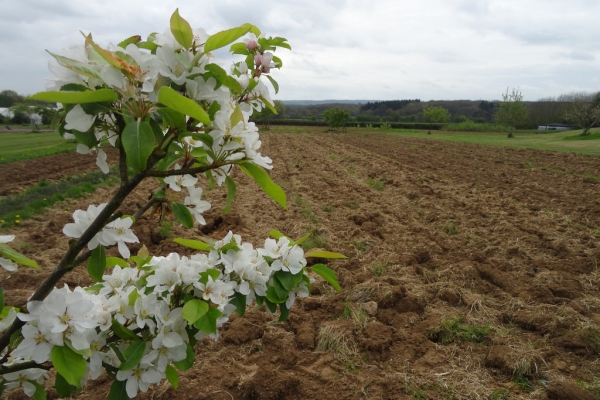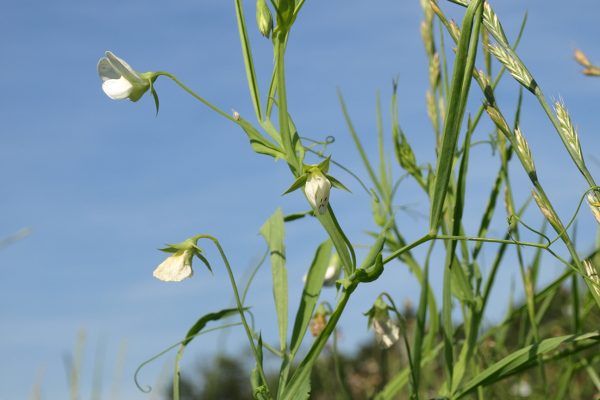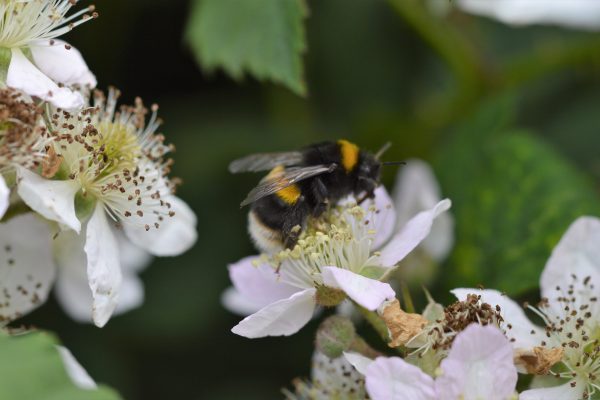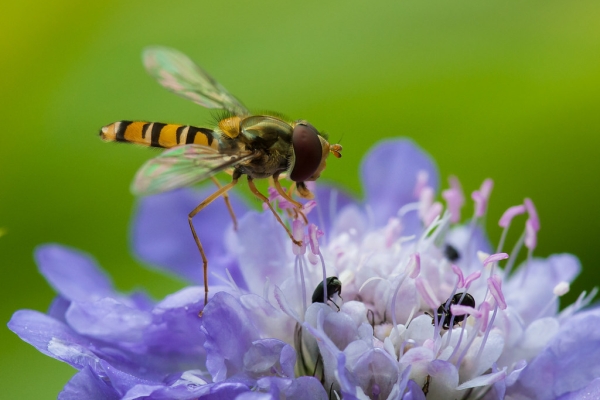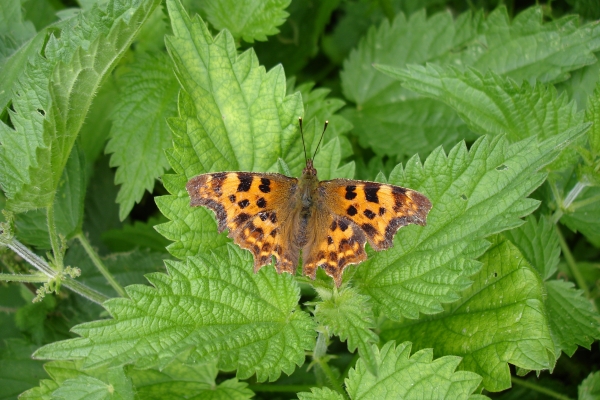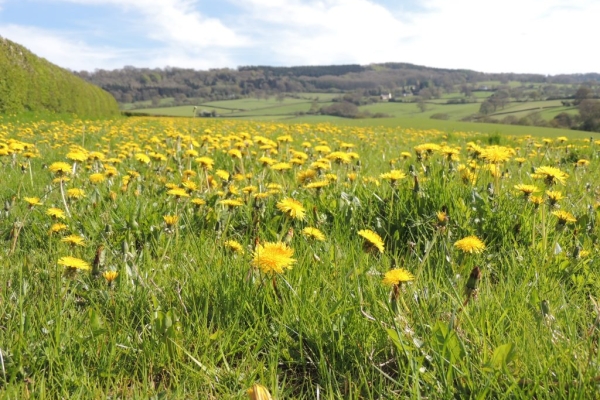Butterflies and farmland
Encouraging butterflies and moths on the farm
Resource explained
Farmland is the main habitat for over three quarters of British butterflies, important pollinators of wild flowers particularly. This Butterfly Conservation leaflet (produced in association with the Farming and Wildlife Advisory Group), provides some key management tips for helping you to attract butterflies and moths on your farm.
The guidance covers the topics of unimproved pasture or rough grassland, permanent grassland strips, hedge cutting, woodland and wood margins, and nettles.
Quick reference sections divided into grassland, arable fields, hedges, hedge verges and green lanes, and woodlands and scrub provide useful background information setting the importance of butterfly habitats in context, and providing key management advice.
There is a small section on farmland moths (also important pollinators for wildflowers and some trees).
The leaflet includes some useful ID information to help you identify some of the butterfly and moth species you are most likely to attract on your farm.
Findings & recommendations
- Many butterfly species breed on farms and are now confined to small areas. You can help ensure their survival by taking some steps that are likely to need little or no financial outlay but could have dramatic beneficial effects.
- Encouraging butterflies will also help moths and a range of other wildlife on your farm.
- Grassland containing native grasses and wild flowers can provide good breeding and feeding areas for butterflies while leys and other seeded pasture seldom offer suitable conditions, except around their margins.
- Various habitats on arable farmland can support butterflies and other pollinators and beneficial insects, particularly long-term set aside.
- Well-managed hedges can be lifelines for butterflies and farm woodlands are crucial habitats.
- The abundance and diversity of moths is particularly enhanced by the presence of hedges and woodlands on your farm.
- Butterfly Conservation have produced a series of management fact sheets that go in to more detail and can be accessed from their website http://butterfly-conservation.org/.
